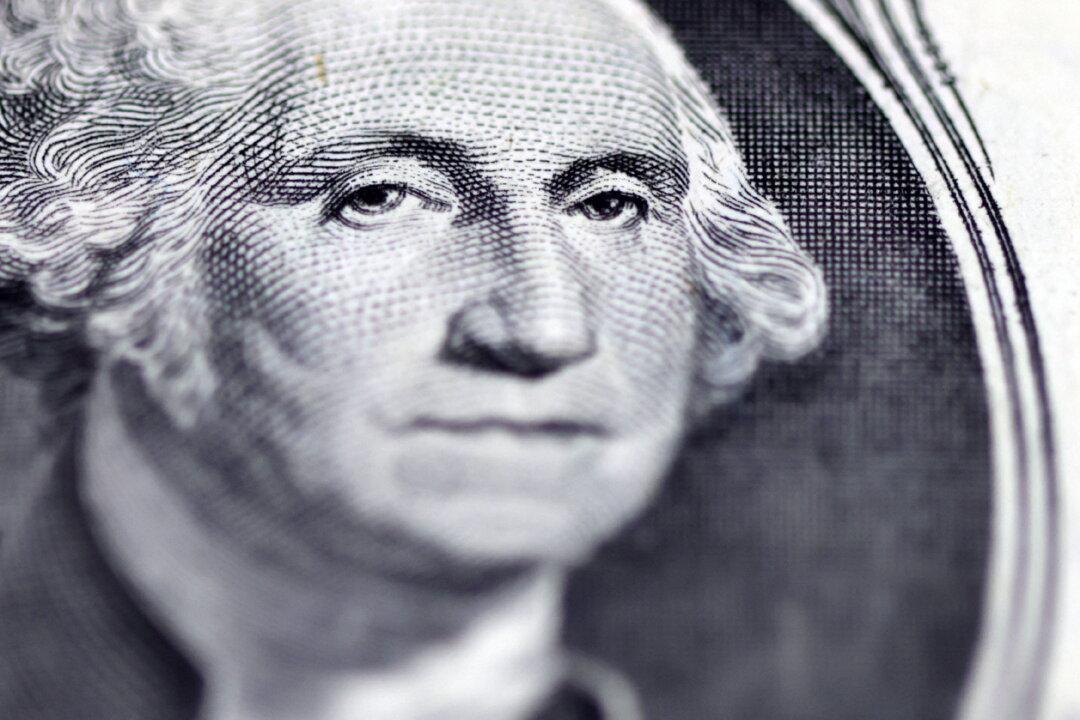Is the world challenging the U.S. dollar’s dominance?
Over the past decade, several nations worldwide, led primarily by Russia and China, have ramped up efforts to kick their dependence on the chief international reserve currency. From diminishing the prevalence of non-dollar transactions to reducing dollar holdings in foreign exchange reserves, states are employing measures to erode the buck’s influence in worldwide trade.





